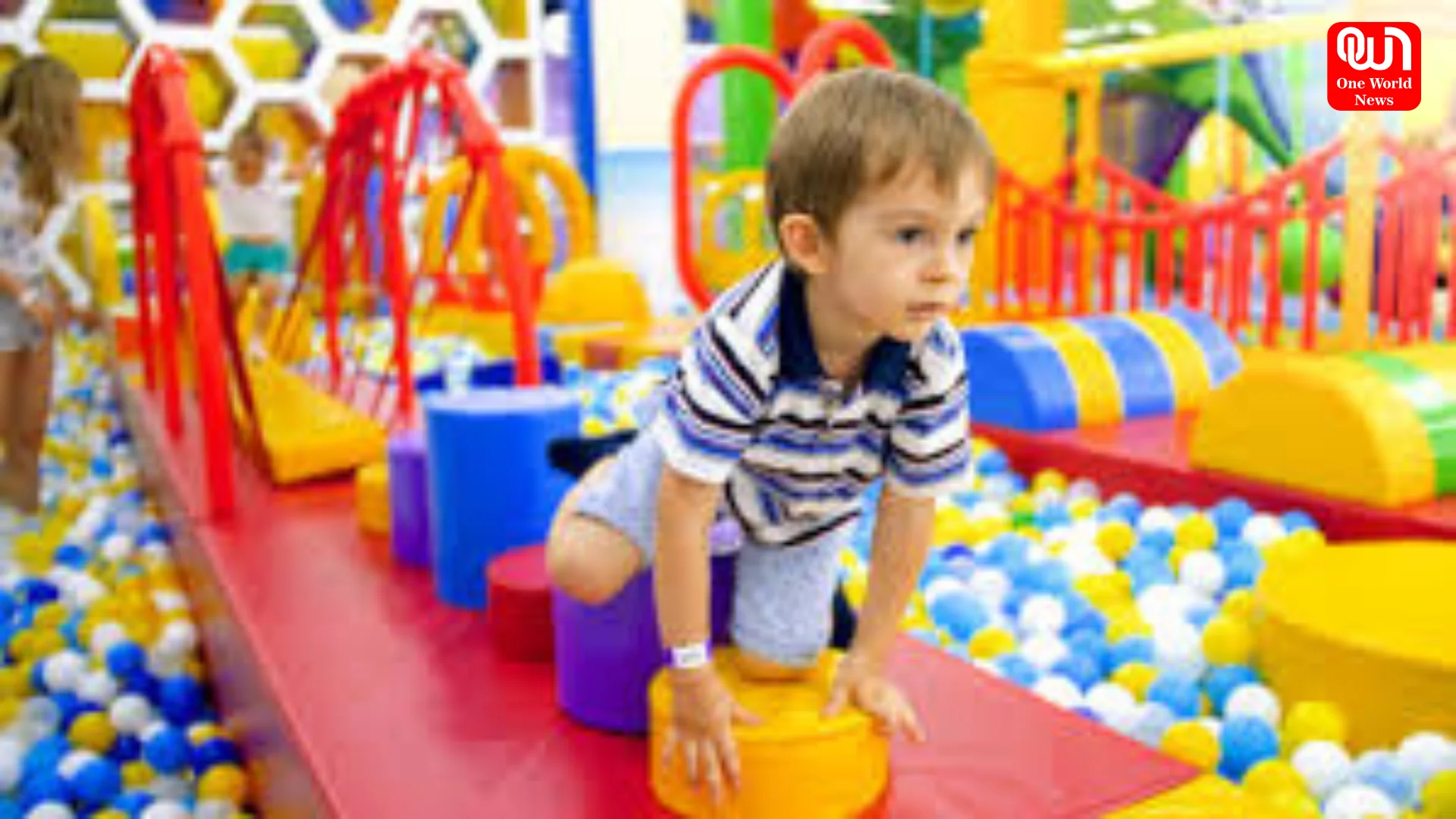The Benefits of Indoor Playgrounds for Kids
Indoor playgrounds have become increasingly popular as safe, engaging spaces where children can play, learn, and grow.
“How Indoor Playgrounds Support Child Development Through Safe, Stimulating, and Inclusive Play”
Indoor playgrounds have become increasingly popular as safe, engaging spaces where children can play, learn, and grow. Unlike outdoor play areas, indoor playgrounds provide weather-proof environments that cater to a child’s physical, cognitive, social, and emotional development. For parents and caregivers, these facilities offer convenience and peace of mind while fostering meaningful experiences for children.
Developmental Benefits of Indoor Playgrounds
1. Physical Growth
Indoor playgrounds encourage active play, which is essential for developing motor skills, coordination, and balance. Features like climbing structures, slides, tunnels, and obstacle courses challenge children to move their bodies in ways that strengthen muscles and improve agility.
Research shows that regular physical activity in structured play environments also boosts stamina and promotes overall health. For younger children or those with limited mobility, inclusive equipment ensures everyone can participate in physical activities suited to their abilities.
2. Cognitive Development
Indoor playgrounds are designed to stimulate problem-solving skills and creativity. Activities such as navigating mazes or completing obstacle courses require critical thinking and spatial awareness. Additionally, imaginative play areas, like pretend kitchens or themed stations, encourage children to create scenarios and explore their creativity.
These experiences not only enhance cognitive growth but also teach children how to approach challenges with curiosity and persistence. Interactive games or puzzles further develop memory and concentration skills in a fun setting.
3. Social Interaction
One of the most significant benefits of indoor playgrounds is the opportunity for children to interact with peers in a safe environment. Group activities foster teamwork, cooperation, and communication skills as kids learn to share equipment, take turns, and resolve conflicts during playtime.
Inclusive playgrounds take this further by creating spaces where children of all abilities can play together, promoting empathy and understanding among peers. These interactions help build friendships and lay the foundation for strong social skills that will benefit children throughout their lives.
4. Emotional Well-Being
Playgrounds are not just spaces for fun, they are environments where children learn to manage emotions like excitement, frustration, or fear. Overcoming challenges like climbing tall structures or solving puzzles builds confidence and independence in young minds.
For children who may struggle with sensory sensitivities or anxiety, sensory-friendly areas provide calming activities that help them explore their surroundings at their own pace. These features ensure every child feels included and supported during playtime.
Why Indoor Playgrounds Are Ideal for Parents
Indoor playgrounds offer convenience and comfort for parents seeking safe play options for their children:
- Weather-Proof Fun: Rain or shine, indoor playgrounds provide climate-controlled environments where kids can stay active year-round without exposure to harsh weather conditions.
- Safety Measures: Padded flooring, rounded edges on equipment, and regular maintenance ensure a secure environment for children to explore freely.
- Amenities for Parents:Many indoor playgrounds include seating areas, WiFi access, and snack bars where parents can relax or catch up on work while supervising their kids.
Features to Look for in a Quality Indoor Playground
When choosing an indoor playground for your child, consider the following:
- Cleanliness:Facilities should maintain high hygiene standards with regular cleaning schedules to ensure a safe environment.
- Safety Standards: Look for equipment designed with child-safe materials and features like padded surfaces to minimize injury risks.
- Variety of Activities:A mix of physical challenges (climbing walls, slides) and imaginative play areas keeps kids engaged.
- Inclusive Design: Playgrounds with sensory-friendly zones or accessible equipment ensure all children can participate equally.
- Parent-Friendly Amenities: Spaces with comfortable seating or on-site cafes enhance the experience for caregivers.
Read More : It Is Mentally Disturbing’: Rohit Sharma Reacts to India’s Disappointing Performance in Melbourne
Fostering Inclusivity Through Play
Inclusive indoor playgrounds are vital for ensuring all children—regardless of ability—can enjoy the benefits of play. Features like ground-level activities, sensory panels, and accessible climbing elements allow kids with disabilities to engage alongside their peers. These environments promote empathy by encouraging interactions among children from diverse backgrounds while fostering a sense of belonging.
Indoor playgrounds are more than just places for fun, they are dynamic spaces that support a child’s physical health, cognitive growth, social skills development, and emotional resilience. For parents seeking safe year-round options that cater to both kids’ needs and their own convenience, indoor playgrounds offer an ideal solution.
Whether it’s navigating obstacle courses or engaging in imaginative pretend play stations, these environments provide opportunities for learning through exploration while creating lasting memories for families. By investing time in these spaces designed with inclusivity and safety in mind, parents can nurture their child’s development while enjoying peace of mind knowing they’re in a secure setting.
We’re now on WhatsApp. Click to join.
Like this post?
Register at One World News to never miss out on videos, celeb interviews, and best reads.








